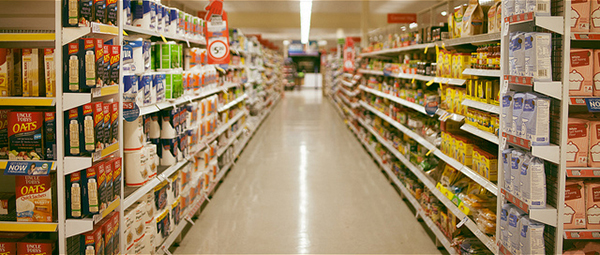 “Don’t go it alone,” has been a mantra of the Online Scholarly Catalogue Initiative (or OSCI, as we affectionately call it). Members of the OSCI teams, representing eight museums, got to live their mantra this week when they gathered at the Getty for a convening organized by the Getty Foundation to mark the conclusion of the project. (See the Storify here.) Such meetings, in which we bring together project teams from related grants with other experts in the field to discuss issues of common concern, are critical to collaborative programs like OSCI.
“Don’t go it alone,” has been a mantra of the Online Scholarly Catalogue Initiative (or OSCI, as we affectionately call it). Members of the OSCI teams, representing eight museums, got to live their mantra this week when they gathered at the Getty for a convening organized by the Getty Foundation to mark the conclusion of the project. (See the Storify here.) Such meetings, in which we bring together project teams from related grants with other experts in the field to discuss issues of common concern, are critical to collaborative programs like OSCI.
The mood was definitely congratulatory. This fall, OSCI reached a major milestone: each of the museums whose projects were supported by the Foundation has now published an online catalogue. A big shout-out to the Art Institute of Chicago, the Freer|Sackler, the Los Angeles County Museum of Art, the National Gallery of Art, the San Francisco Museum of Modern Art, the Seattle Art Museum, Tate, and the Walker Art Center! Several of these projects were built using the OSCI Toolkit first developed for the Art Institute’s catalogue by the Indianapolis Museum of Art’s IMA Lab, and the director of the Lab, Kyle Jaebker, joined us too.
The teams offered overviews of their catalogues (check them out here) and reviewed the decisions they made. Together they worked through the challenges yet remaining in bringing collections catalogues online, as well as the broad impact of these projects. The group was joined by Peter Brantley from the New York Public Library, Rob Stein from the Dallas Museum of Art, and Laura Mann from Frankly, Green + Webb, as well as colleagues from across the Getty.

Grocery Store Design by I-5 Design and Manufacture, CC BY-NC-ND 2.0
OR

Lobster Creole by Nicole Tarazona, CC BY 2.0
Grocery Store? Restaurant? Walled Garden?
What do you want to be, a grocery store or a restaurant? It may seem like an odd question for this group, but turned out to be an apt metaphor for the choices the OSCI teams faced. Should an online collections catalogue offer an array of raw ingredients that can be used to prepare many different dishes (a supermarket) or a specifically prepared menu with fewer choices but more detailed preparation (a restaurant)? The reality is that the OSCI publications offer both: This zoomable image of a Monet painting from the Art Institute and this fascinating video on the conservation of a Dutch painting in the National Gallery’s collection are both examples of top-shelf ingredients, and this in-depth essay from Tate’s OSCI publication demonstrates how these components can be assembled into a full meal.
Sarah Roberts from SFMOMA quipped that her team took the “Whole Foods” approach, blending some really delicious prepared foods with carefully selected ingredients you can take away to cook your own meal.
This wasn’t the only metaphor in play. Jennifer Mundy, head of Tate Research, compared the delights of the online catalogue to a walled garden. She meant that it should have some separation from the rest of a museum’s website—but keep a lowbarrier so that visitors can easily enter.

Peter Brantley went even further, exhorting the group to “break down our walls,” citing this as an imperative of museums, libraries, and archives. “By learning how to tell stories about our collections, we help people tell stories about the whole world.” was one of the most-tweeted phrases of the convening. By this, I understood him to mean that those organizations charged with preserving the world’s heritage have a higher calling to tell stories about the objects in their care and, in so doing, they will enable anyone, anywhere, to use these objects to tell stories meaningful to them.
And these stories can be long or short. Rob Stein called out for small and experimental projects, arguing that museums accelerate improvement by publishing faster, learning from failures and successes while also keeping good scholarship as the goal.
I would sum up by extending the dining metaphor above a bit further. For me, the OSCI convening was like the best dinner party one could imagine – lively guests who keep the stimulating conversation going long into the night and leave you wanting to invite them back the very next day.
If you’re hungry for more, get a quick tour of the shared discussion by looking at highlights on Storify, or browse all the tweets by searching the #osci hashtag on Twitter. And you’ll be hearing from us again later this year when we release a final report for OSCI.




Comments on this post are now closed.